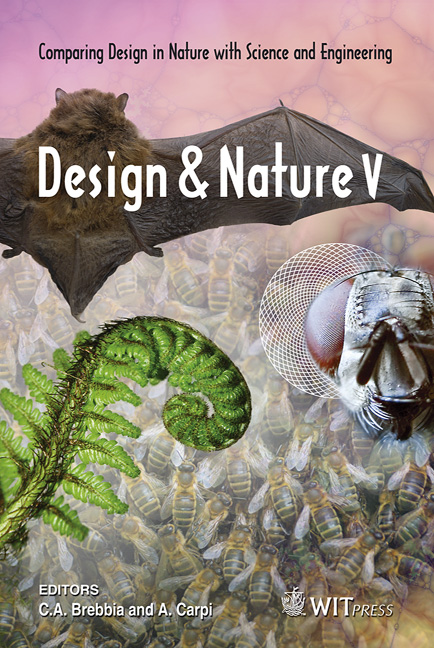Pterodrone: A Pterodactyl-inspired Unmanned Air Vehicle That Flies, Walks, Climbs, And Sails
Price
Free (open access)
Transaction
Volume
138
Pages
16
Page Range
301 - 316
Published
2010
Size
3821 kb
Paper DOI
10.2495/DN100261
Copyright
WIT Press
Author(s)
S. Chatterjee, B. Roberts & R. Lind
Abstract
Bio-inspiration has led to a variety of robotic designs, especially small Unmanned Aerial Vehicles (UAVs) for urban environment that have taken cues from birds, bats, and insects. However, one group of extinct flying animals, the pterosaurs that flew over the heads of dinosaurs, have been largely overlooked in this search for biological solutions to mechanical problems. This project will develop and demonstrate a next-generation capability for sensor emplacement using pterosaurs as the model animal. Tapejara wellnhoferi, a pterodactyloid from the Early Cretaceous of Brazil, shows promise to develop an UAV (Pterodrone) of much superior range, a sensor platform capable of aerial, terrestrial, and aquatic locomotion by altering its wing shape. Tapejara was a sophisticated flyer with a cruising speed of 30 km/hr. The cranial sail led to the design of a vertical tail at the nose of the Pterodrone that varies both longitudinally and vertically, as opposed to the more conventional, fixed aftlocated vertical tail. The novel forward-placed tail design shows a marked improvement in the allowable turning radius when flight vehicle capabilities are normalized to constant thrust or power. Fabricated of lightweight carbon fiber, the Pterodrone employs a flexible wing design to achieve a wide range of multimodal locomotion. On land, the Pterodrone could walk quadrupedally for gathering information. Wheel-pod, a new device, employs the retractable foot on demand for terrestrial locomotion, and is flexibly hinged to the rear wheel, with a gecko-like foot that permitted vertical landing on the wall. In aquatic environments, the Pterodrone achieves the configuration of a two-masted catamaran sailboat, where the cranial sail acts as a jib and the two upright wings function as a pair of mainsails to catch the bridge. The sternum and hindlimbs would have contacted the water much as trimaran’s hulls do to provide stability.
Keywords
Pterodrone, pterodactyl-inspired robots, Tapejara, forward placement of vertical tail, aerial turning, multimodal locomotion





